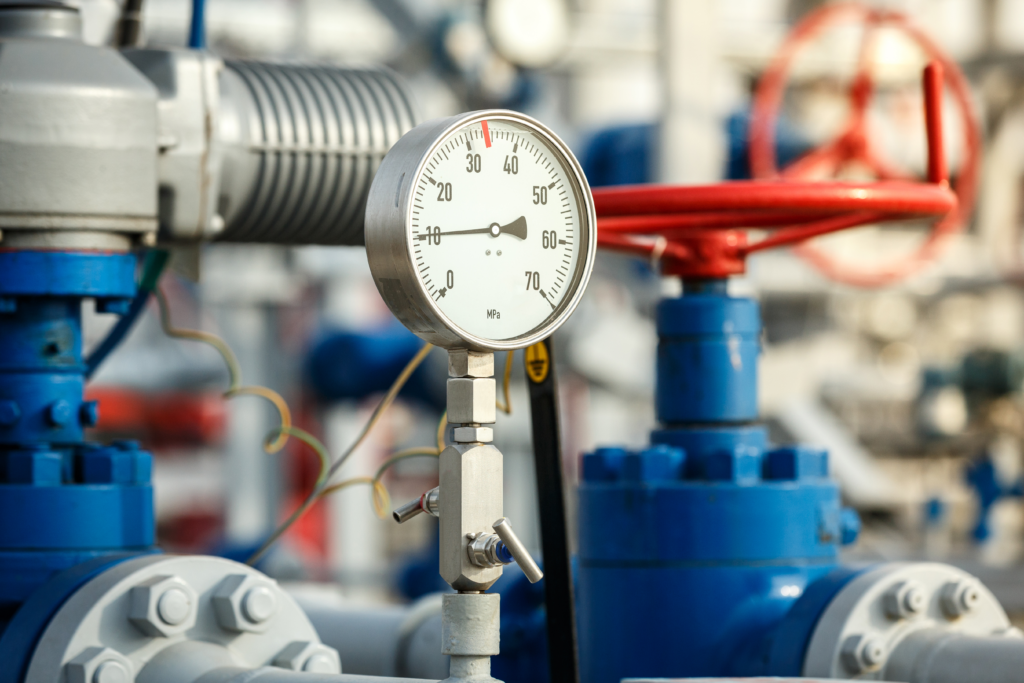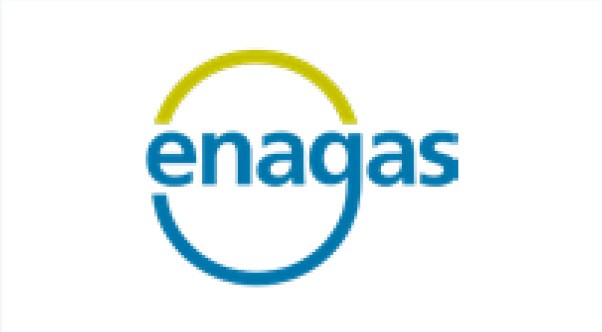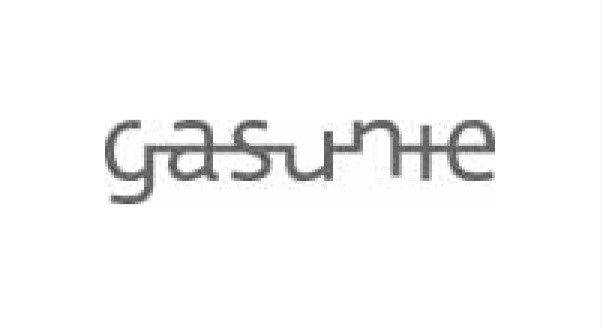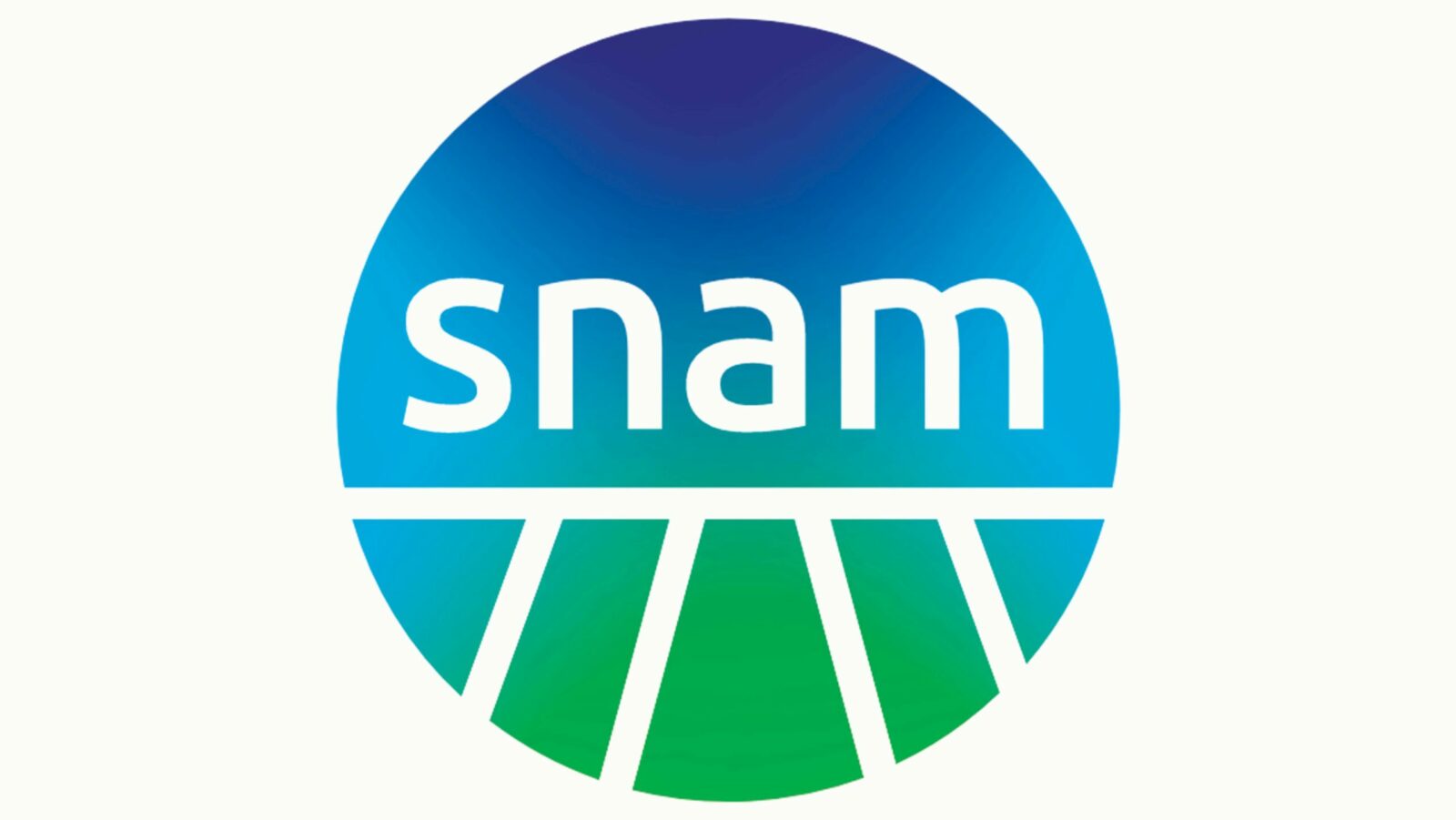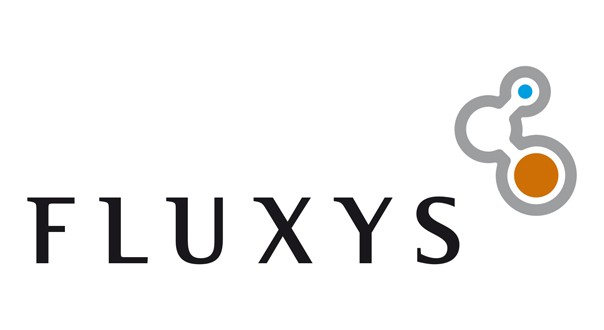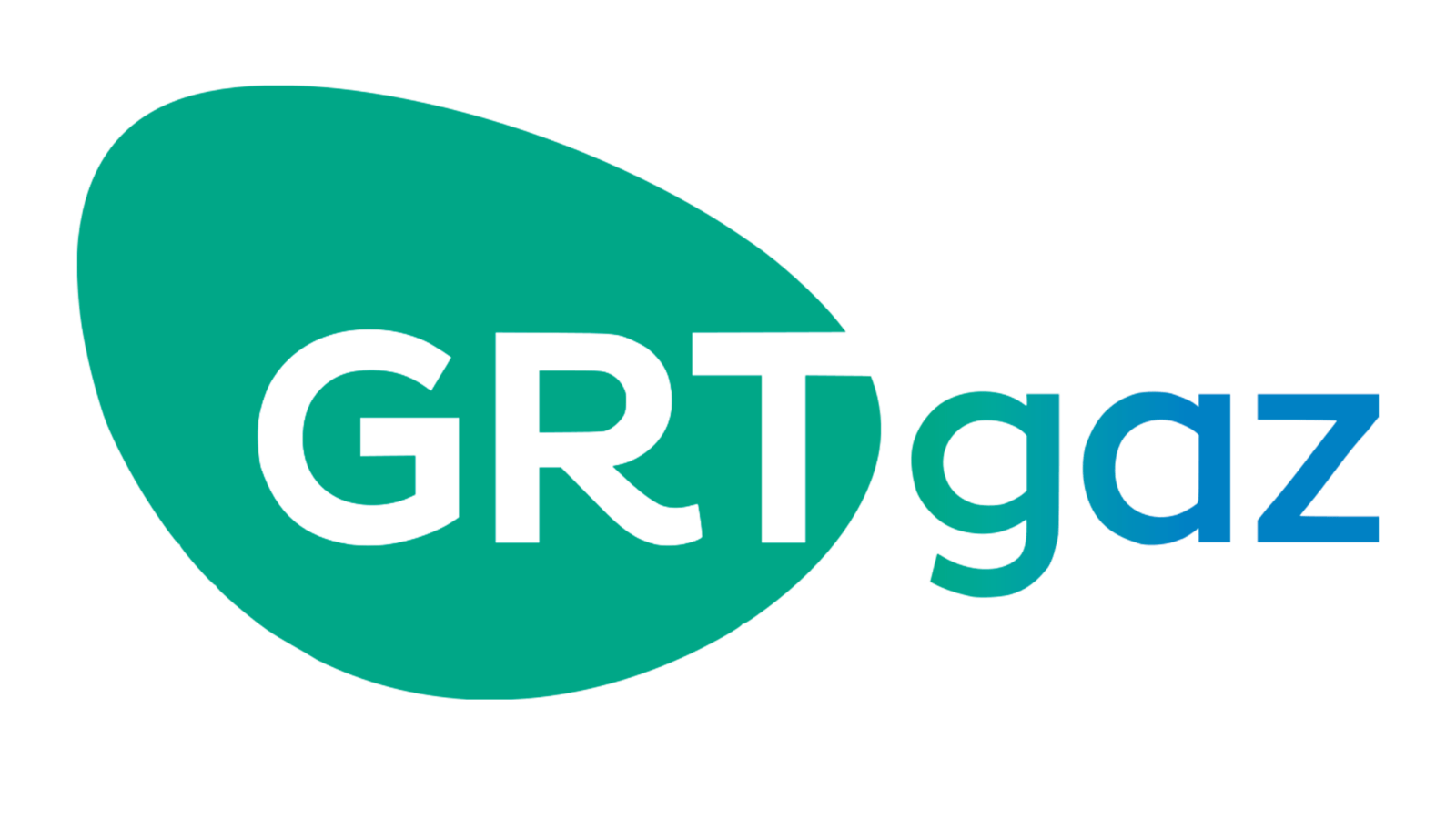Developing standardized methods of quantification of methane emissions from natural gas transmission systems –measuring stations, compressor stations, pipelines and stop&bleed assemblies- requires easy to use and reliable tools for detection and measurement.
This project, led by the Polish company Gaz System, had for objective to investigate and identify the most useful devices for detecting and quantifying methane emissions from infrastructure components typical for the TSOs using a bottom-up approach.
The project has 4 phases:
- Phase I: A survey of commercially available leak detection technologies was conducted, and the test program was designed.
- Phase II: Selected technologies and equipment for testing were acquired. Then, parametric tests on a laboratory test facility of selected technologies under controlled flow rate and leak concentration conditions and field tests over susceptible leaking components were conducted. Testing was conducted both under controlled (laboratory) and uncontrolled (filed) conditions.
- Phase III: A summarization and evaluation of the testing methodology for possible future incorporation in a European standard was made. Recommendations, based upon the test results and the Project team’s experience, of the best available instruments for the detection of emissions from components associated with natural gas transmission systems were given. There was also an evaluation of the possibility of using multiple technologies to characterize natural gas Emissions.
- In the final phase, the report incorporating comments from project members was prepared.
The test facility, property of Enagás, was installed at the Metrological & Innovation Center of Enagás in Zaragoza and leaking components correspond to the same used in previous GERG projects which were ceded by GRTgaz.
The project is now closed. In the end, five devices were selected by the GERG project partners, and their performance was assessed both individually and in pairs.
The tested instruments fall into two groups:
- Instruments that provide a leak concentration (Gold G2 from Sensit Technologies, DP-IR+ from Heath Consultants and LaserMethane mini from Tokyo Gas Engineering Solutions).
- Instruments that can directly estimate the leak flowrate (ULTRA PRO from Distran and QL320+GF320 from FLIR Systems).
In the laboratory tests, leaks of varying concentrations and flow rates of methane were created to evaluate variability of instrument response to leak concentration, flowrate and component type. In the field tests, instrument responses to a variety of leaking components were analysed.
Additional key variables such as ease of use, detection speed, detection distance and repeatability of tests under the same conditions were also evaluated. The results of this work clearly indicate that at least two devices are necessary during the inspection of transmission infrastructure, as each technology has its limitations, the combination of more than one instrument is the best way to minimize gaps from the use of single technologies.

